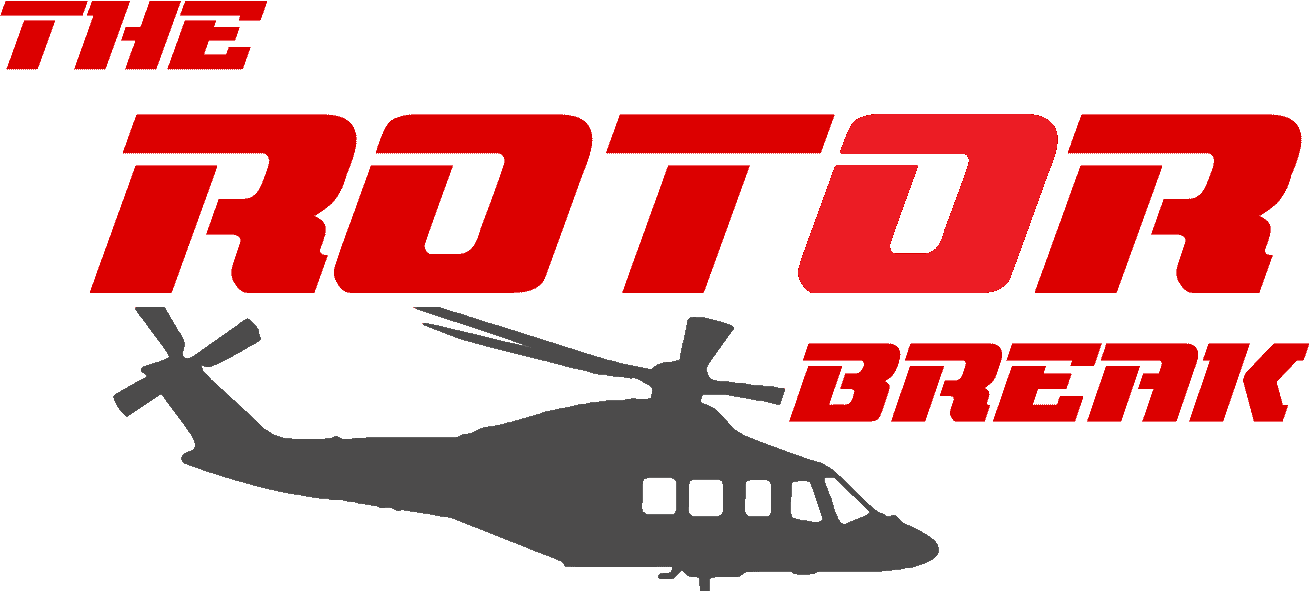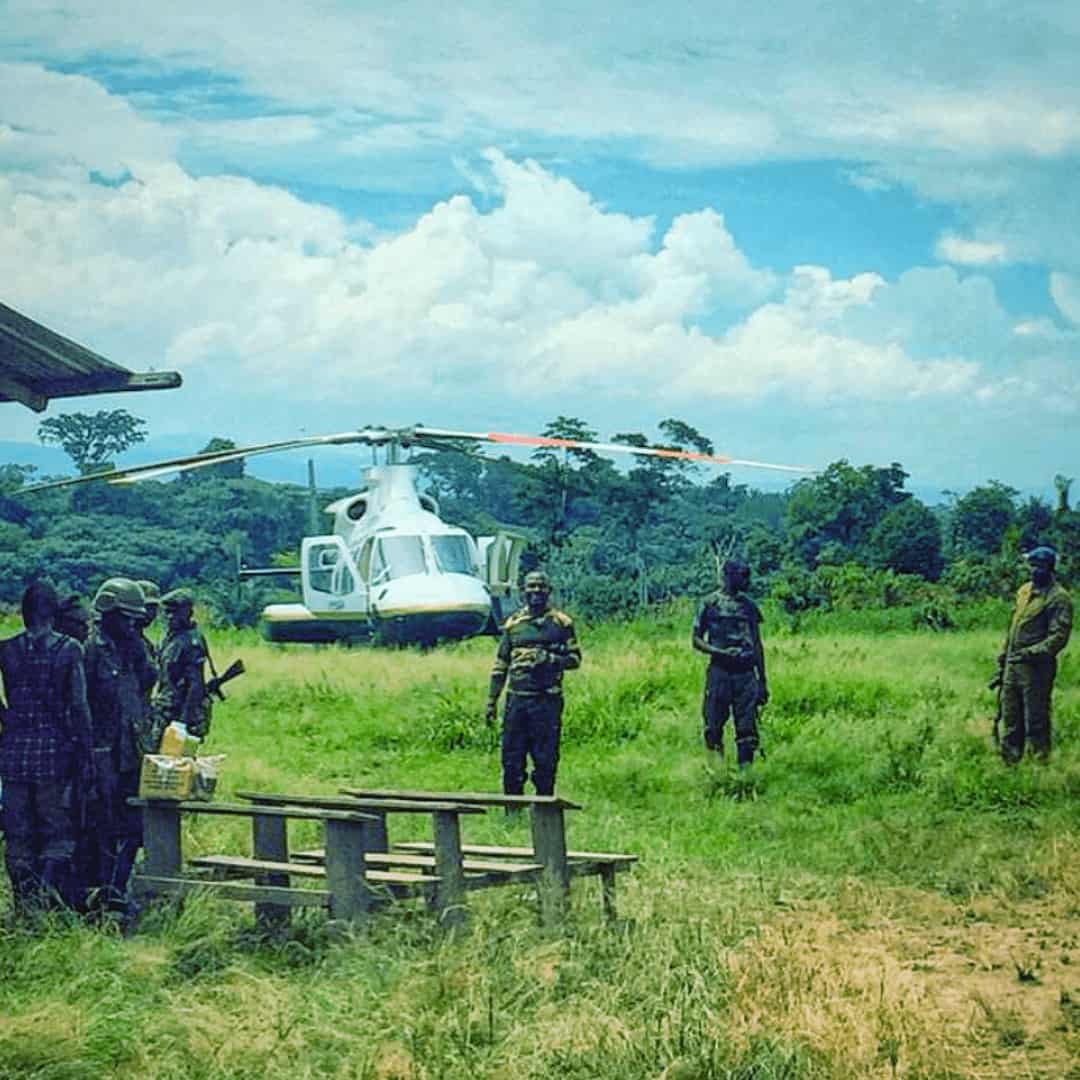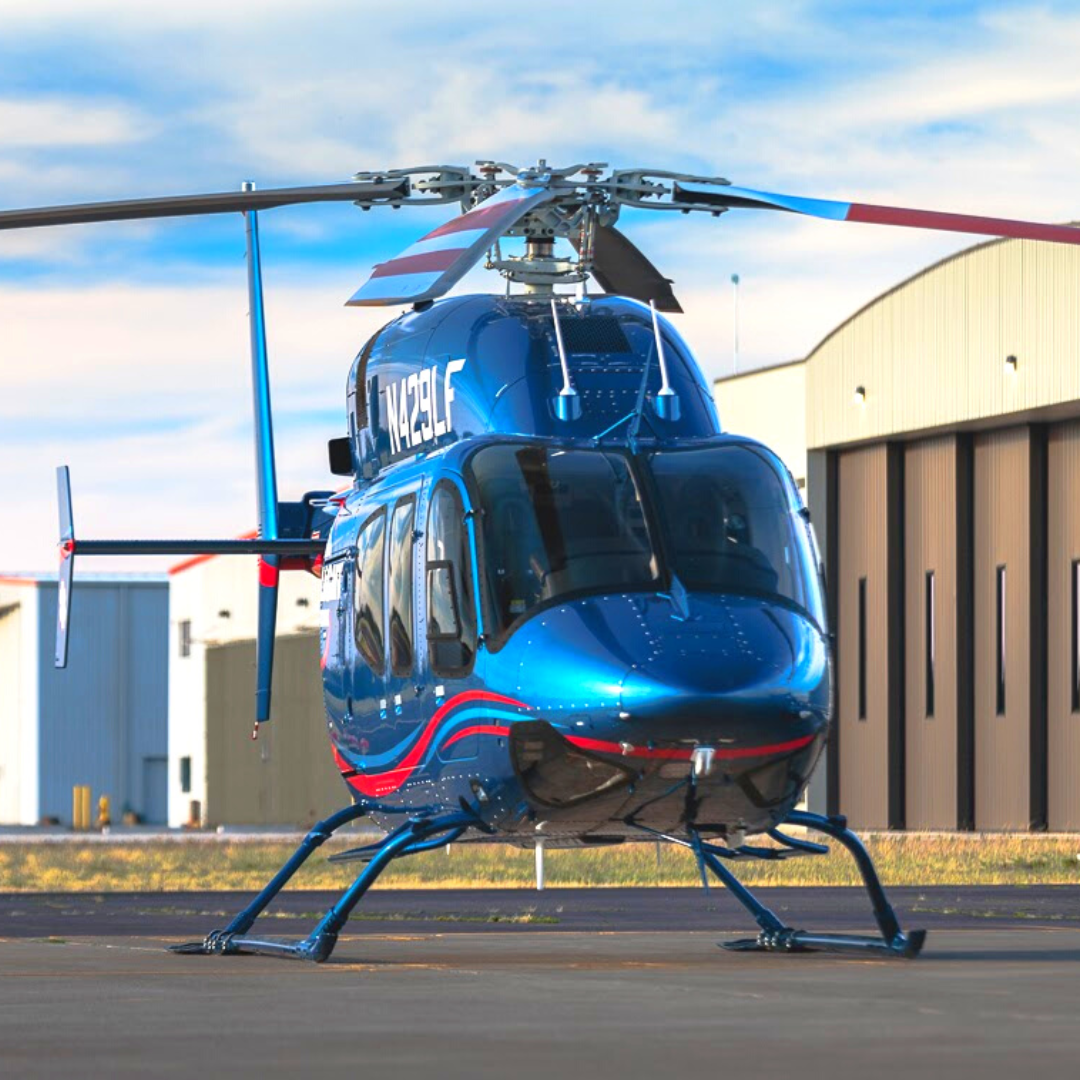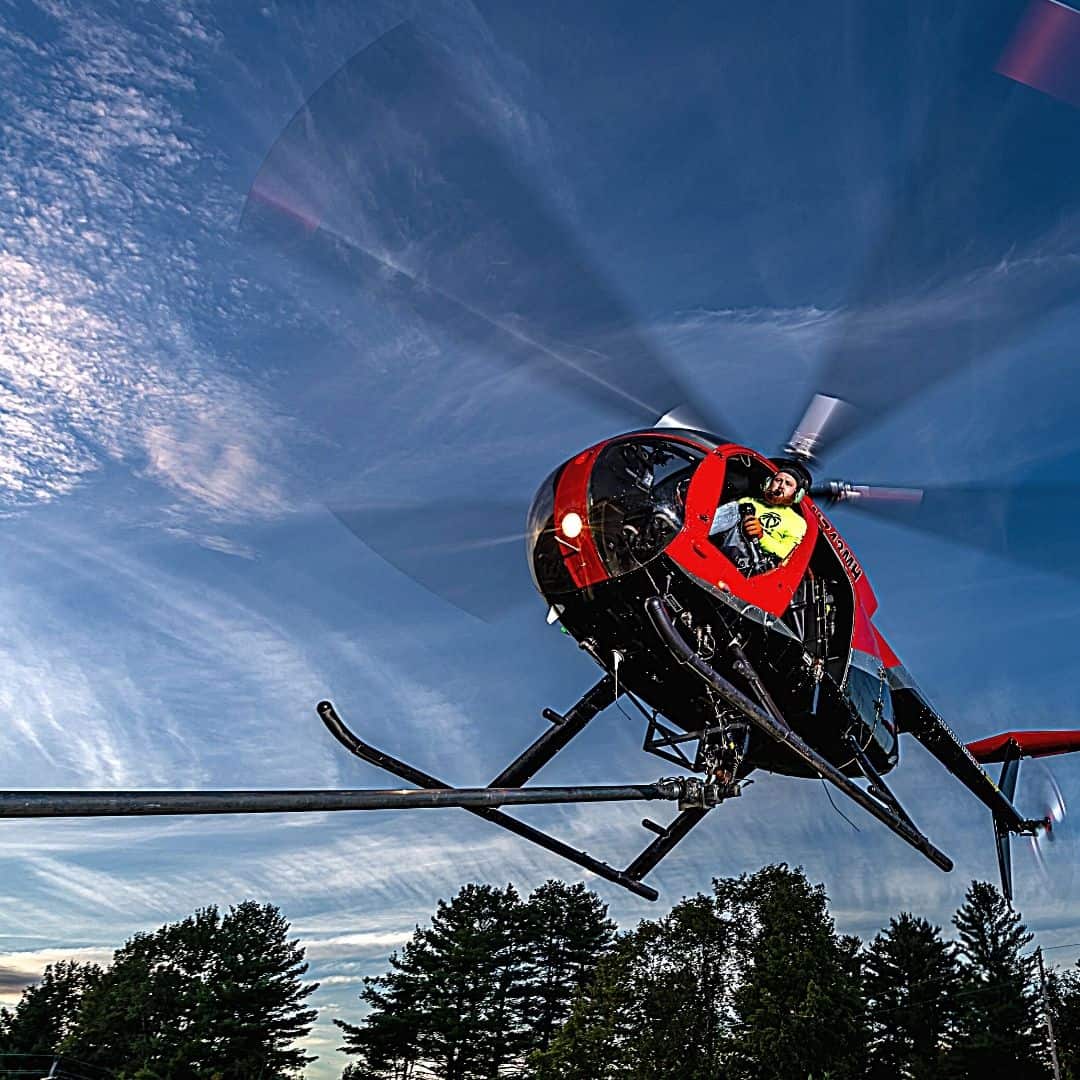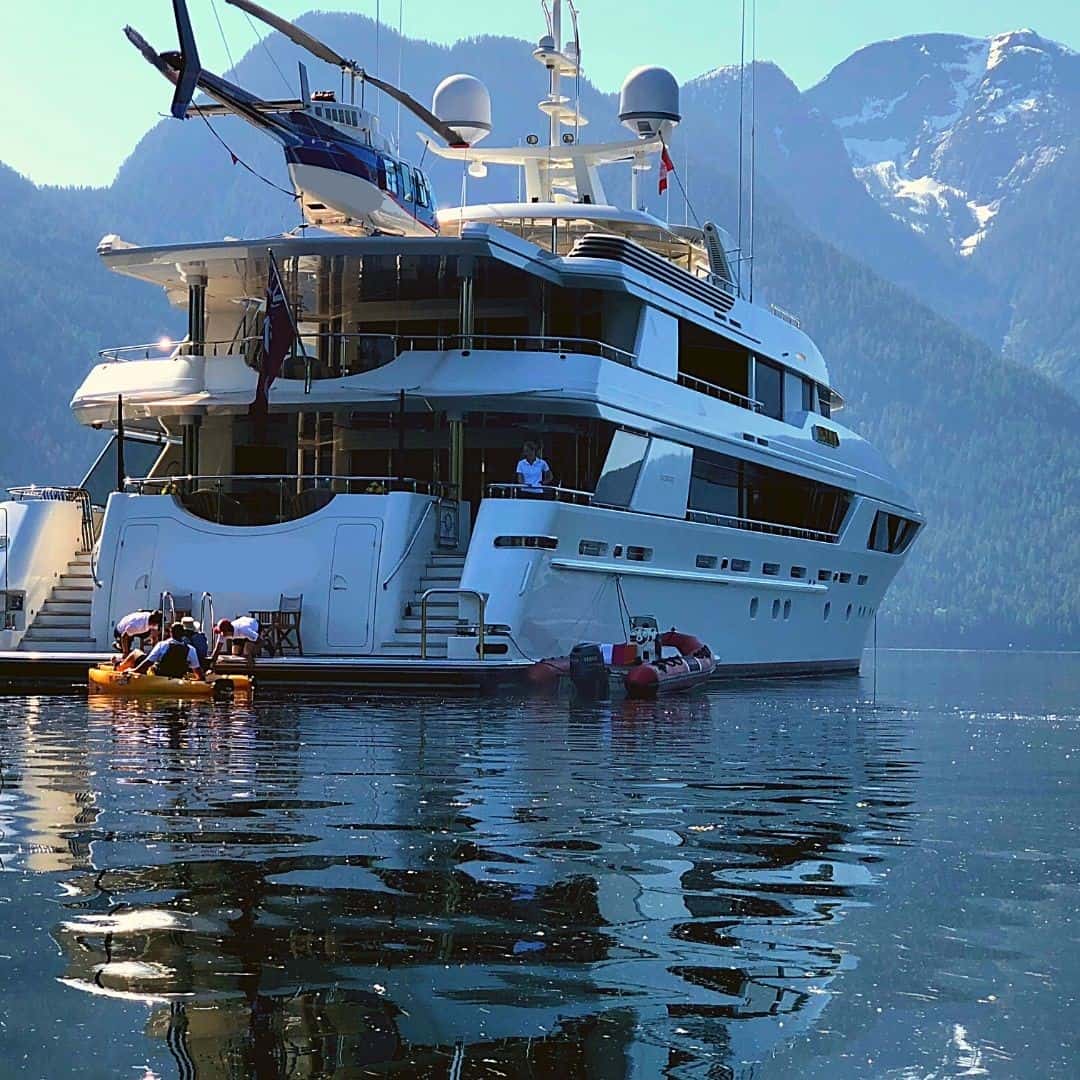by Gaël Yann LE MARTIN
Gaël Yann LE MARTIN is currently an Anti-Poaching Pilot for the African Parks Network and if you haven’t already read his brilliant description of that ‘Day In The Life’ check it out here.
One of Gaël’s previous lives however, was as a Military Search And Rescue contractor in Africa, It’s the kind of story that most of us will never experience directly but maybe some of us will see similarities to some tough moments and big decisions we’ve made in our own careers.
The Rotor Break
There are moments in life when I became my own spectator, looking back at myself as I do things from an out-of-body experience …. This was probably one of these moments. That morning when the General called me and said: “ We need you… “, I thought to myself: ’this shit just became real! “
It had been a build-up over the past weeks, the fighting was intensifying inside the triangle of death as it is known to the local and international soldiers …
Attack helicopters were leaving base heavily loaded with ammunition and coming back very light. Then I would get a phone call, coordinates, and I would fly into the triangle, sneaking between the tall jungle trees to my designated mission coordinates, picked up one or two wounded soldiers and came back to base, carefully avoiding to take the same flight path twice. The whole mission was sometimes less than 30 minutes!

But let me pause here, the contrast of the human atrocity with the beauty of the surrounding nature had me subjected to entirely opposite feelings almost simultaneously! Picture this: The deep green of the Ituri forest, the clouds always hanging low over the canopy, the Semuliki river snaking through the valley and like a monarch in the distance the range of the Ruwenzori mountains also called mountains of the moon, the source of the Nile river with their white eternal snow caps!
I’d bring back John Keats from the dead just so that he could come here and describe it!


But that morning the rain was over us, drawing her curtain over the beauty of the landscape as if the rain knew that we had to stay focused. We could only see what we needed to see.
That time, as I took off, I was also given a flight corridor to respect, outside of it, the risk of my ship being targeted was very high.
We covered the distance, fast and low. As quietly as a roaring helicopter can be!!!
Arriving at the location the trees prevented me from clearly seeing the ground, there was a path on the forest floor appearing and disappearing between the canopy, I followed it. A few seconds later I realised that I had gone too far and quickly turned around back into the corridor. There was no easy landing zone. I told the Colonel flying with me as my copilot, that it wasn’t looking too promising to be able to touch down anywhere near here.
He looked at me, trying to answer without showing emotions and just said:
-“it’s your call Captain”, his eyes spoke loudly.
I was now hovering just above the tree-tops, the windscreen fogging up fast, I could see soldiers waving their arms and gesturing me to land.
I could almost feel their despair. Thoughts racing in my head, more than just the flying thoughts … I still didn’t know how bad the situation was down there, how many wounded soldiers, is it safe? All I knew for sure, was that if I decided not to land and leave them, no one would ever come to their rescue.
Focus.
My brains quickly went through the balancing act between assessing the risk and a viable risk mitigation situation as our crew safety training likes to call it … it felt different while in the classroom.
And let’s be honest, then there is the part of instinct, listening to my inner voice “ I feel it or I don’t feel it! “ …
It was doable, safely.
I told the Colonel:
-“Open your door, guide me down, check the tail and branches at 9”.
He opened his door, raindrops picked up from the canopy by the formidable downwash of the B430 flew in the cockpit and hit my visor. Too bad, there was no time to wipe it clean. I memorised the spatial configuration from above, imagined the helicopter below on the ground and precisely imagined where the nose would be, where the tail and my skids would be…
The trees were at least 30m or 40m high and I couldn’t go straight down, I had to go down and forward under the canopy level, maybe 5m forward slotting the Helicopter under the overhanging branches of the nearest trees.
I could see hazards everywhere… but a great sense of peace and calmness hit me and I could now picture my landing site, my path down and back out, I scanned the trees for loose branches which could have come loose and find their way into my rotors.
The whole landing happened in slow motion. Safely.
What happened next still haunts me.


Limping soldiers materialized into sight from the surrounding vegetation. Five or 6 dozen, approaching from all sides of the helicopter, it looked like a scene from a zombie movie ( I obviously watch too many science-fiction movies…).
Some had pieces of cardboard boxes wrapped around their limbs with roots and pieces of blood-stained cloths, some looked like a leg or an arm was about to fall off…
I had no choice but to lock the controls, hydraulics off as well and to leave my seat with the rotors still spinning at idle, not something any pilot likes to do.
They all approached at once with dazed looks in their eyes, all wanting to climb aboard! I had to shout and push away.
Not a nice thing to do.
I managed to find the officer in charge and asked him to organise a triage, the process of determining the priority of patients.
Looking around at first, everything seemed desperate, I hadn’t even seen the bodies tied to branches and wrapped into plastic tarps for transport just lying there on the ground… no body-bags here, that’s too fancy!
Those would have to come last.
Eventually, we loaded six wounded, took off… flew back to base… offloaded our passengers … refueled… wiped the dripping blood out of the back… took off…picked up 6 more wounded… and repeated till the sun was down.
In 36H we brought back 78 wounded live soldiers. The next days we brought back the bodies.


Thanks to Gaël Yann LE MARTIN, for the amazing photography, for the inspiration and for sharing the epic adventure that is his career.
To see more of Gaël‘s awesome helicopter photography, follow him on Instagram @GyleMartin.
Author: Gael Yann Le Martin
Vertical Reference and Anti-Poaching Helicopter Pilot
